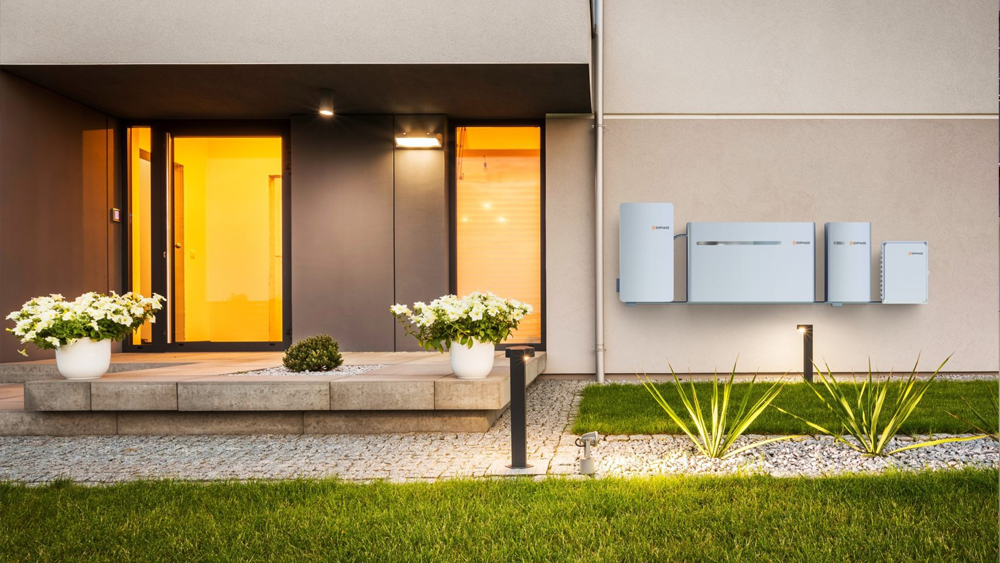
Pumped hydro storage is the most efficient, cost-effective form of energy storage in the world. And it’s not just good for utilities: You can use it too.
There are three main reasons why pumped hydro energy storage is the most popular form of energy storage in the world.
Pumped hydro is a proven technology. It has been used for decades and is the most widely used form of energy storage in the world.
There are three main reasons why pumped hydro energy storage is the most popular form of energy storage in the world:
- It’s cheap – it costs less to build a new pumped hydro facility than any other type of utility-scale energy storage system, including lithium batteries or compressed air systems (CAES).
- It’s efficient – once installed, a pumped hydro plant can be operated at over 90% efficiency—meaning that almost all of your original electricity input can be recovered as stored electricity later on when you need it back out again!
- It’s scalable – sized according to your needs and budget; small though large scale plants exist around the globe today ranging up to 2GW capacity each with operational lifetimes above 40 years already proven!
The Disadvantages of Pumped Hydro Energy Storage
The main drawback to pumped hydro energy storage is that it doesn’t have the flexibility and scalability of other technologies. In fact, it has no flexibility at all. If you want to store energy in a pumped hydro system, you need to build a very large reservoir with a large amount of excess water going into and out of it. This makes sense if you want to capture and store solar energy during the day so that it can be used at night when there is less sun available, but what if your goal was simply to shift consumption from one time period where demand is high (e.g., afternoon) to another time period where demand is low (e.g., early morning)? With most other storage technologies like batteries or CAES systems (compressed air) you could do this by charging up your battery bank in the afternoon when power prices are low and then discharging them overnight into an attached electric vehicle charging station or back into your home electricity supply through an inverter connected directly onto the battery bank itself
The advantages of pumped hydro energy storage.
You might be wondering: what exactly makes this technology so desirable?
The answer is that pumped hydro energy storage is cost-effective, reliable, and flexible. It can be used for multiple purposes, from power generation to load shifting and frequency regulation. In addition to these benefits, it also has a low environmental impact—it’s possible to use abandoned mines for the construction of pumped hydro facilities without impacting their surrounding ecosystems.
The Cost of Pumped Hydro Storage
Pumped hydro storage is significantly cheaper than other forms of energy storage. It costs between $0.75 and $1.25 per kilowatt-hour for pumped hydro storage, depending on the size and location of your project, compared to between $1 and $2 per kilowatt-hour for lithium-ion battery systems.
Pumped hydro storage can be an effective solution for those who want to store energy from renewables or off-peak electricity for later use when it’s needed most (during peak hours).
Pumped hydro storage is a great option if you have the right location and resources.
Pumped hydro storage is a great option if you have the right location and resources. If you’re considering building a pumped hydro storage plant, it’s important to make sure that your site meets certain criteria.
Pumped hydro storage is a good option if you have the right location and resources. Groundwater can be used as an energy source, but there are some drawbacks that must be taken into account before deciding whether or not this is something for your home energy system.
Conclusion
The benefits of pumped hydro energy storage are clear, but the disadvantages can be significant. If you’re interested in installing a system for your home or business, there are many ways to do this. From small batteries that charge up during the day and discharge at night all the way up to massive power plants, there’s something out there for everyone. The key is knowing what kind of system will work best for your needs and location before getting started with any project!
